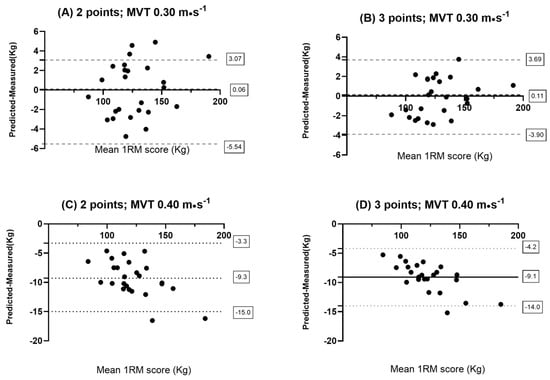Human Physiology in Exercise, Health and Sports Performance
A topical collection in Sports (ISSN 2075-4663).
Viewed by 47343Editors
2. Laboratory for Integrative and Translational Research in Population Health (ITR), 4050-600 Porto, Portugal
Interests: open water swimming; marathon swimming; swimming; exercise; health; sports training; training process; training periodization; training and detraining; exercise and sport physiology; energetics; bioenergetics; human locomotion; pulmonary function; oxygen uptake kinetics; biomarkers; thermal physiology; electrochemical biosensors; microneedle biosensors; strength and conditioning; exercise and sport biomechanics; digital technologies; wearable technologies; smart textiles; physical fitness assessment; elite athletes; training and testing; physical activity monitoring; performance analysis
Special Issues, Collections and Topics in MDPI journals
Interests: physiology; heart rate variability; swimming
Topical Collection Information
Dear Colleagues,
This Collection aims to explore the physiological mechanisms underlying human performance in exercise, health, and sports. Topics of interest include exercise physiology, bioenergetics, human locomotion, thermal physiology, performance analysis, and training optimization. We welcome contributions featuring various methodologies, including randomized controlled trials, cohort studies, case reports, integrated and longitudinal approaches, and narrative reviews authored by experts in the field. Advancements in digital and wearable technologies—such as smart textiles, biomarkers, and electrochemical sensors—are of particular interest, as they offer insights into monitoring training load, pacing strategies, and performance outcomes. We encourage submissions that address gender diversity and include high-performance samples/volunteers across genders. Additionally, we seek contributions that adopt an integrated approach to providing holistic solutions to complex problems within exercise physiology—join us in advancing our collective understanding of exercise performance and human physiology as we strive to optimize health and athletic achievement.
Dr. Rodrigo Zacca
Dr. Robin Pla
Dr. Roberto Baldassarre
Collection Editors
Manuscript Submission Information
Manuscripts should be submitted online at www.mdpi.com by registering and logging in to this website. Once you are registered, click here to go to the submission form. Manuscripts can be submitted until the deadline. All submissions that pass pre-check are peer-reviewed. Accepted papers will be published continuously in the journal (as soon as accepted) and will be listed together on the collection website. Research articles, review articles as well as short communications are invited. For planned papers, a title and short abstract (about 100 words) can be sent to the Editorial Office for announcement on this website.
Submitted manuscripts should not have been published previously, nor be under consideration for publication elsewhere (except conference proceedings papers). All manuscripts are thoroughly refereed through a single-blind peer-review process. A guide for authors and other relevant information for submission of manuscripts is available on the Instructions for Authors page. Sports is an international peer-reviewed open access monthly journal published by MDPI.
Please visit the Instructions for Authors page before submitting a manuscript. The Article Processing Charge (APC) for publication in this open access journal is 1800 CHF (Swiss Francs). Submitted papers should be well formatted and use good English. Authors may use MDPI's English editing service prior to publication or during author revisions.
Keywords
- exercise
- health
- sports
- performance
- exercise and sport physiology
- bioenergetics
- human locomotion
- thermal physiology
- performance analysis
- training and detraining
- digital technologies
- wearable technologies
- smart textiles
- biomarkers
- electrochemical sensors
- microneedle sensors
- sport sciences
- endurance
- elite athlete
- pacing strategy
- monitoring training load
- heart rate variability
- oxygen uptake kinetics
- longitudinal studies
- integrated approaches
- pulmonary function


























